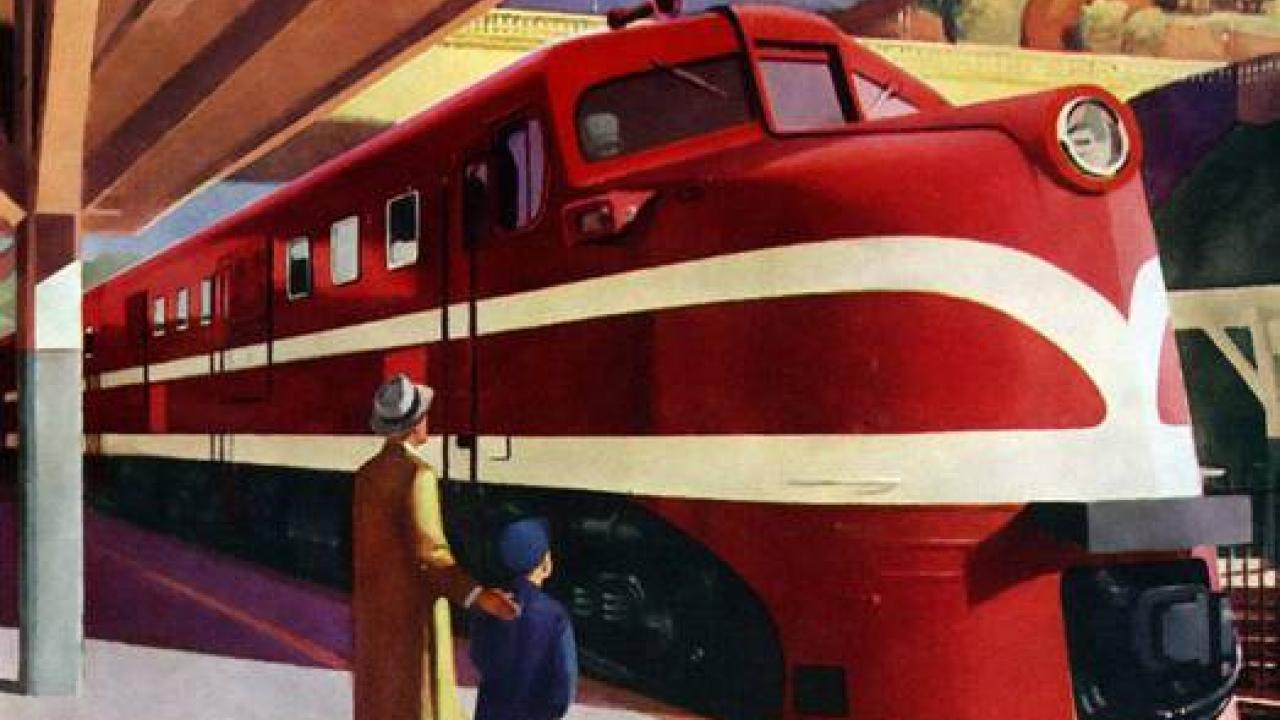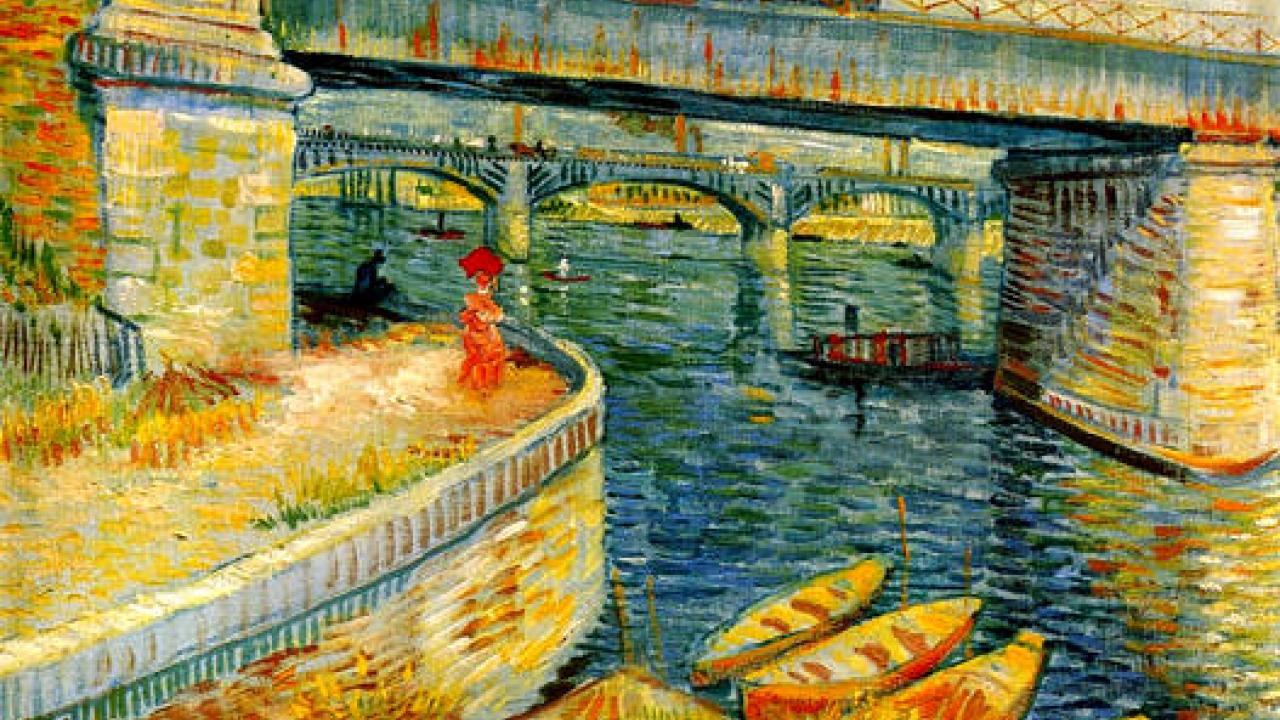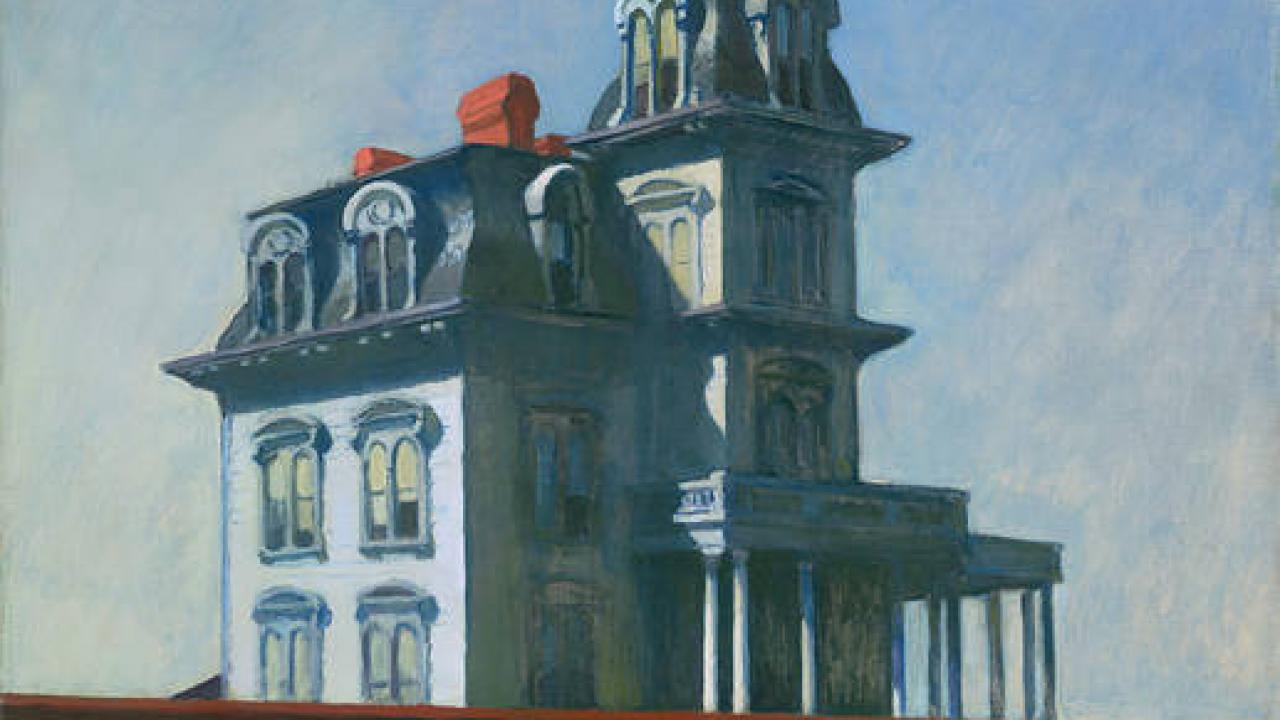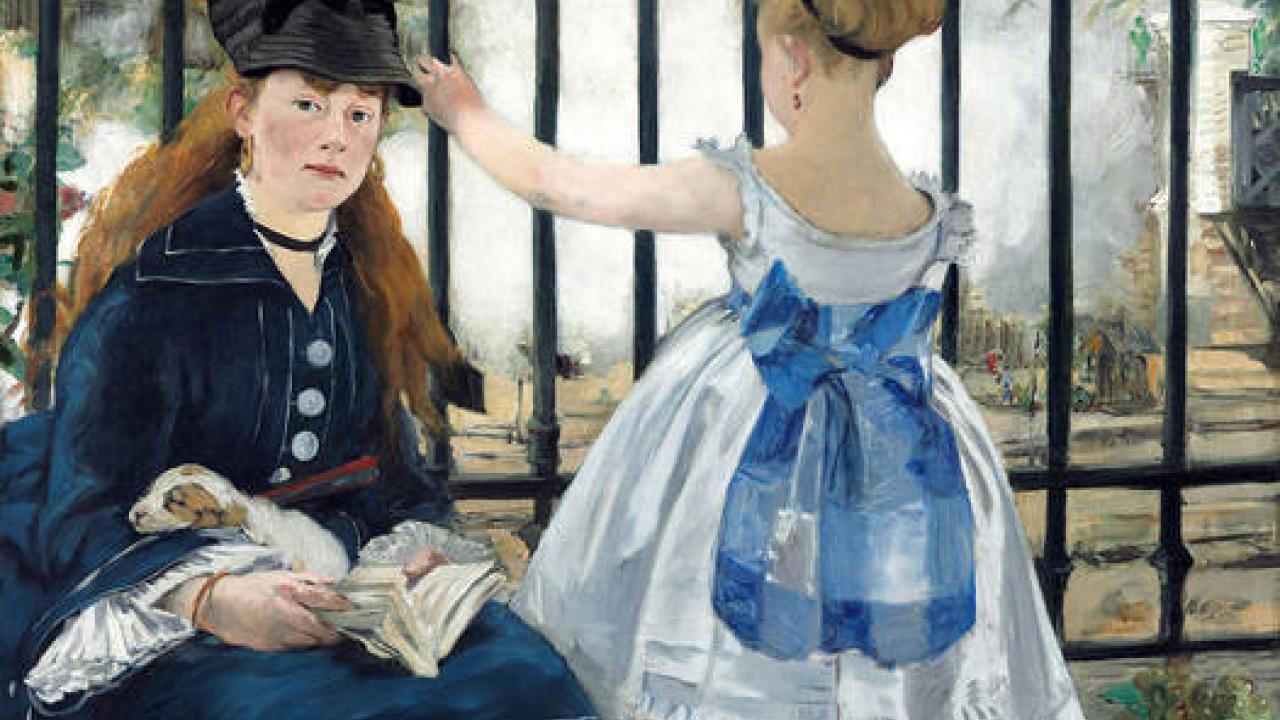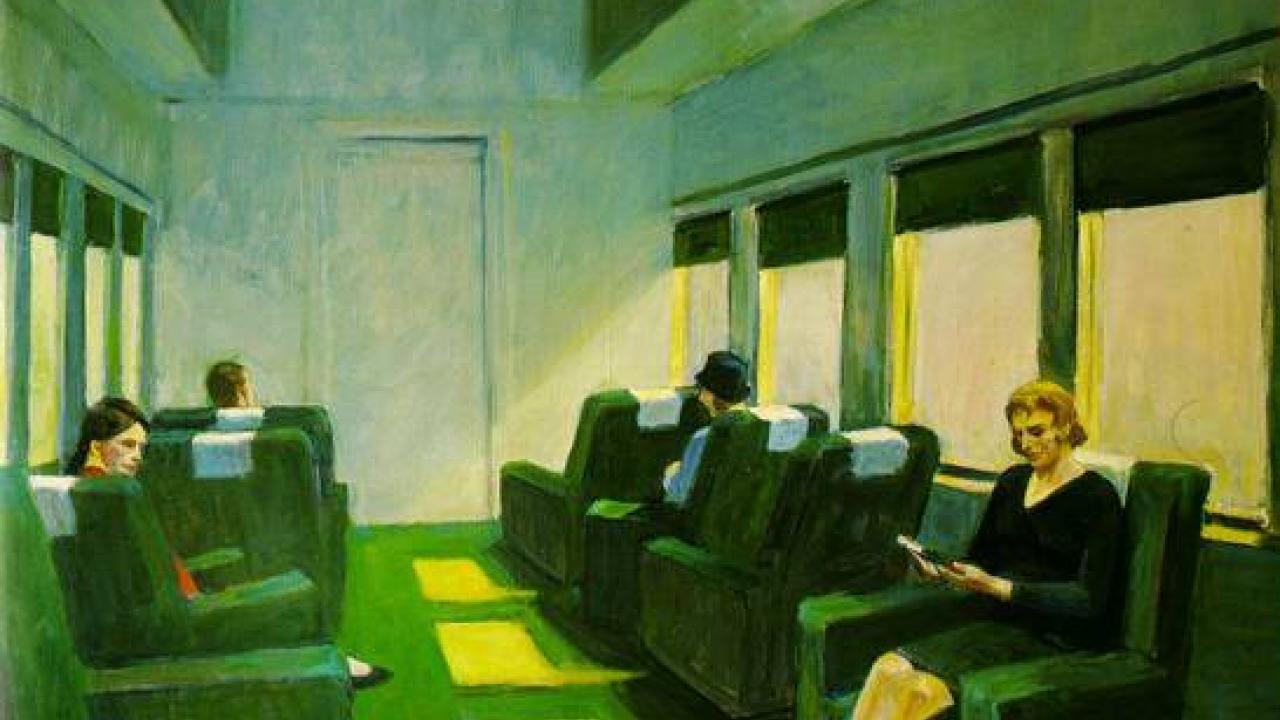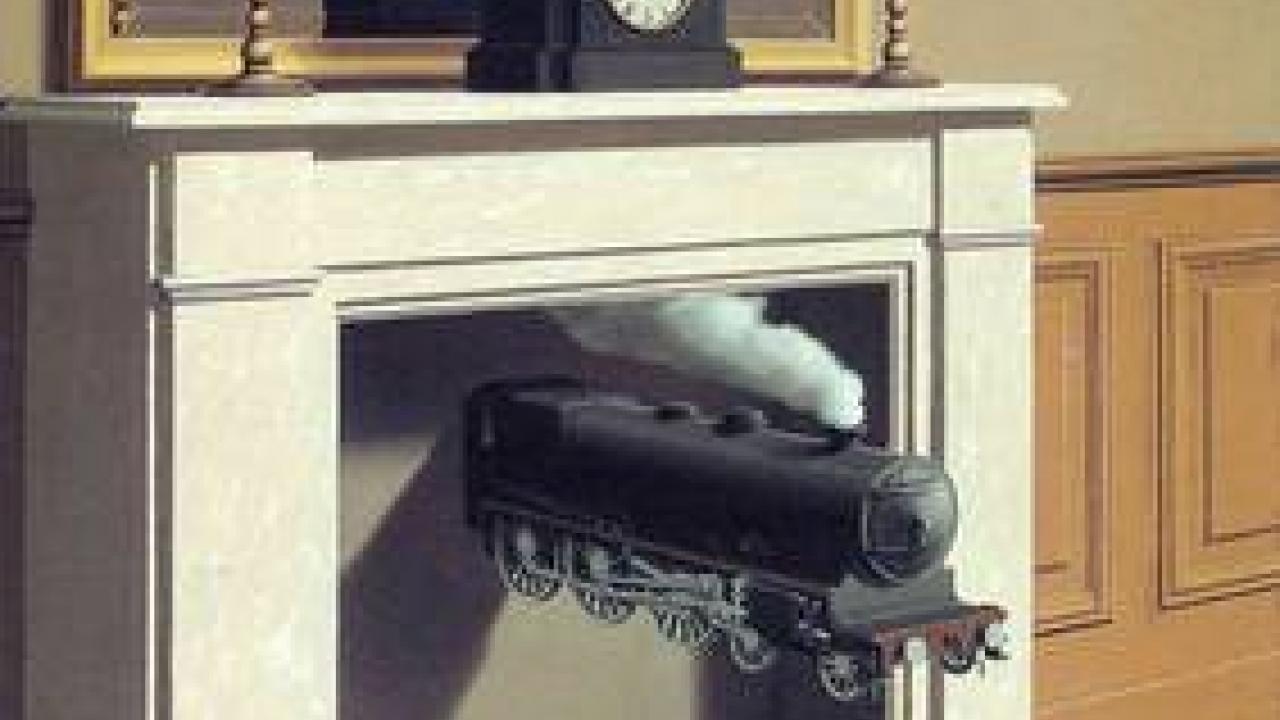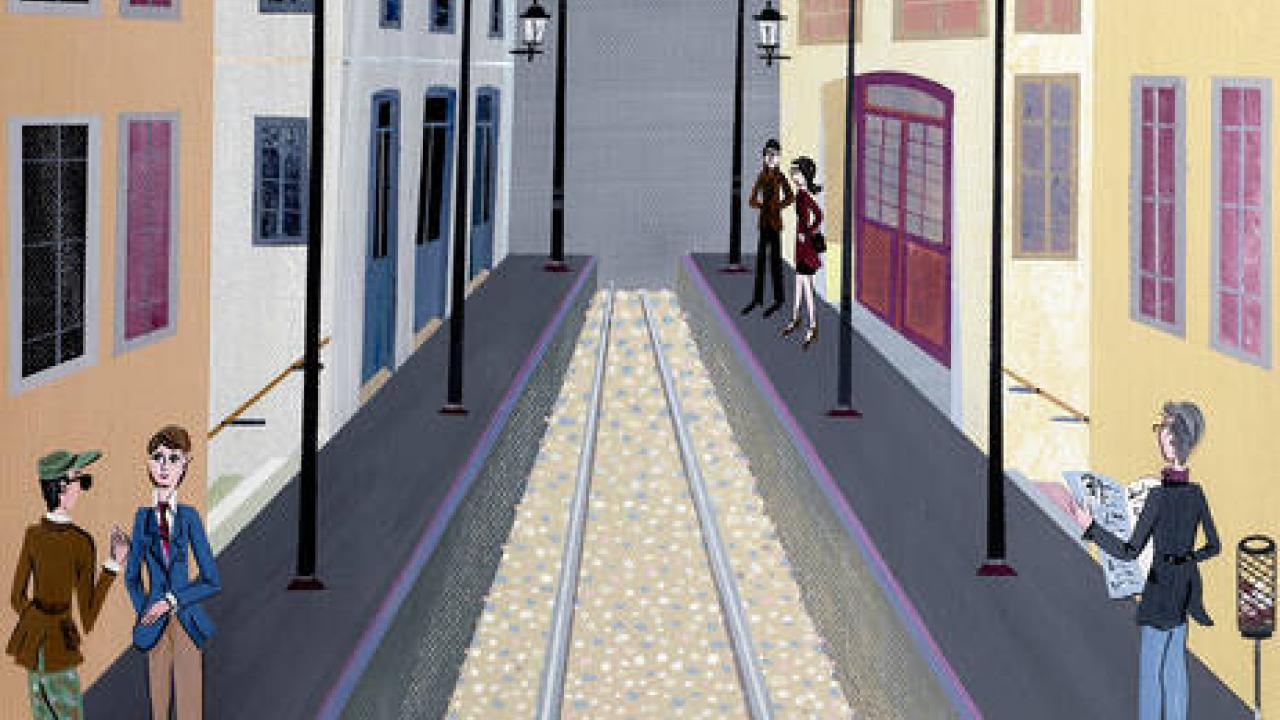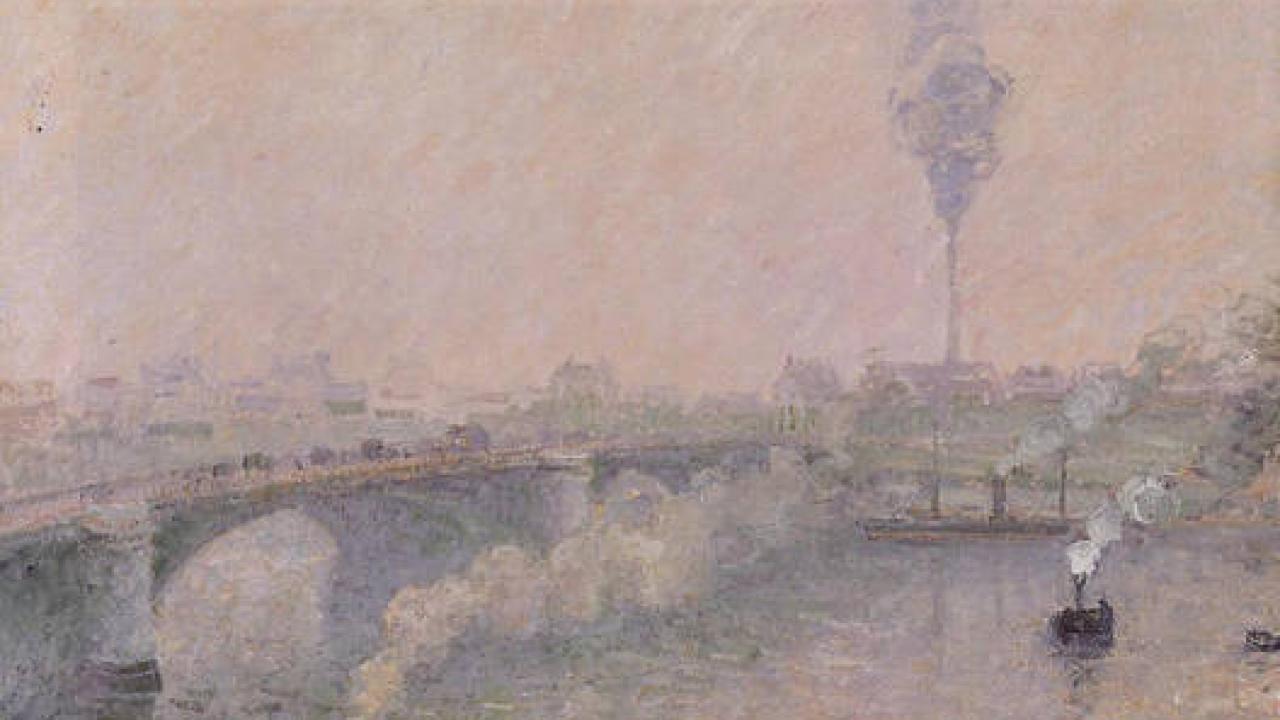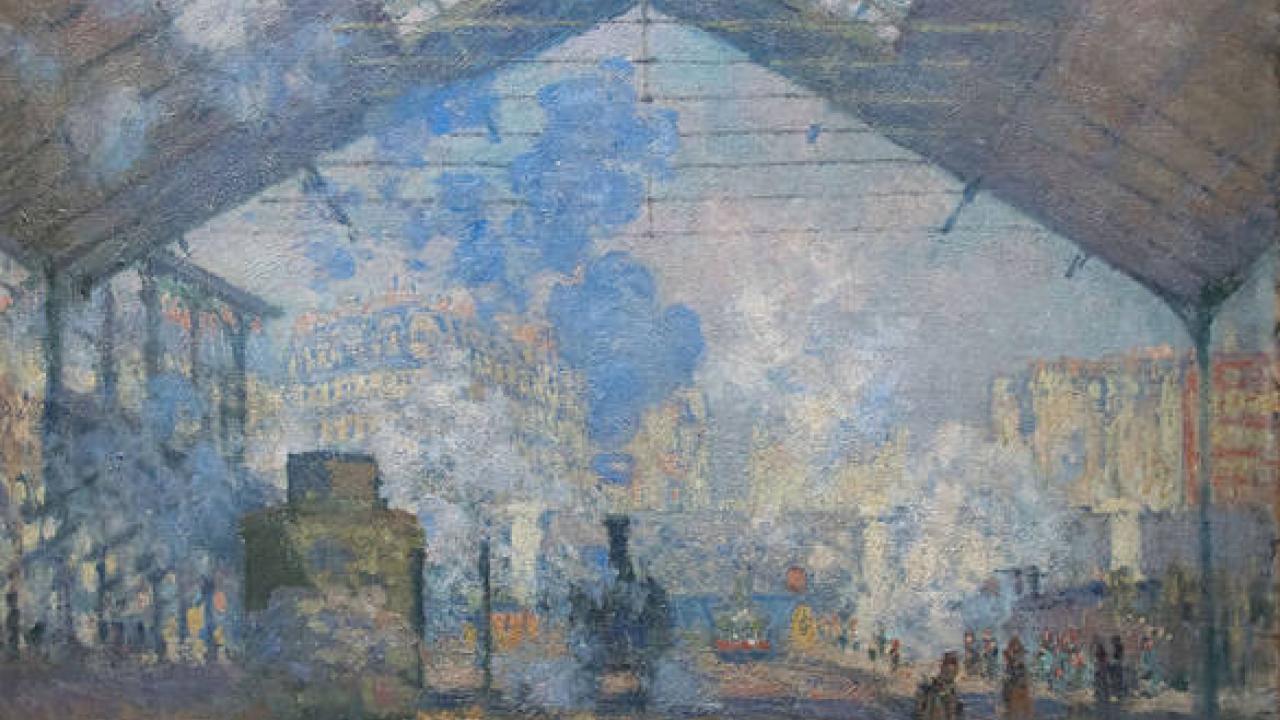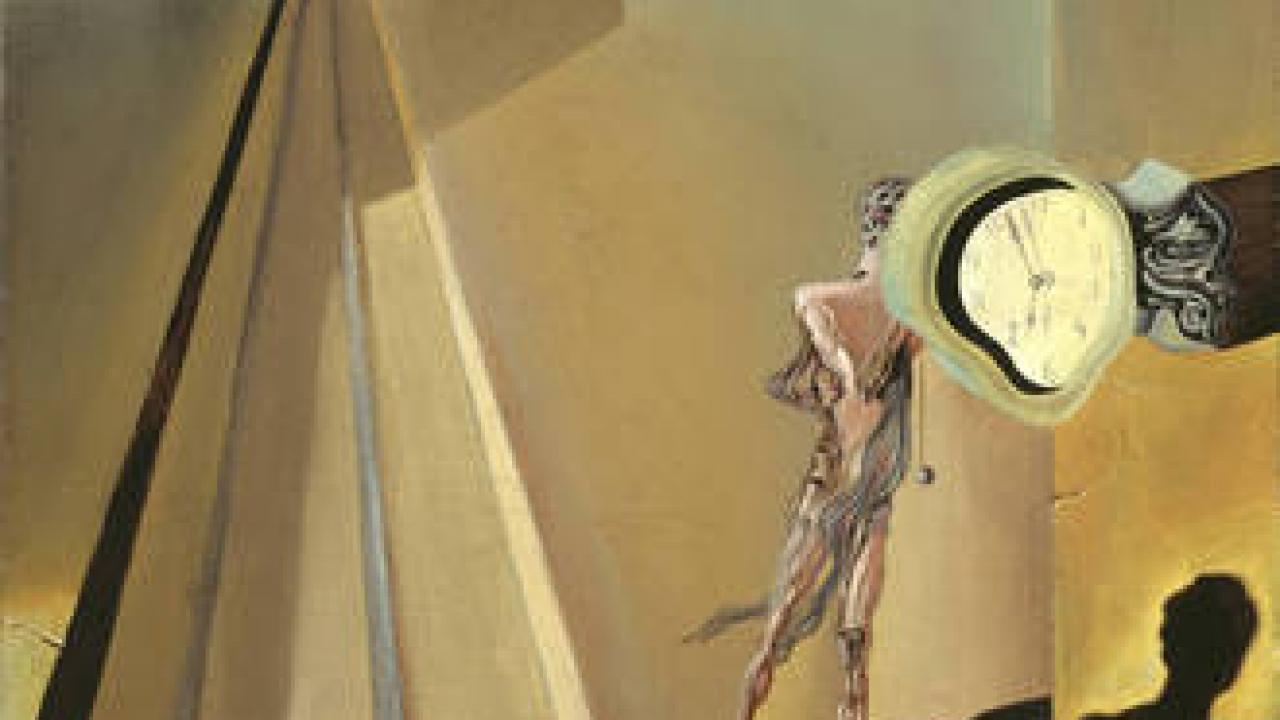Thursday, July 13, 2017
The railway journey on canvas
The railway is now almost taken for granted by most people in their daily comings and goings and for millions of travellers who choose the railway to get around and for those looking to transport their goods, yet it wasn't that long ago that the railway as we know it today took its first steps in the world. The start of the railway dates back to the late 1700s, though it wasn't until the nineteenth century when the steam locomotive took the world by storm and quickly revolutionised modern transport. Even today the railway continues to evolve.
During the nineteenth and twentieth centuries, these new iron juggernauts fascinated the art world, with many artists spending much of their time attempting to capture the essence of the railway and especially the life surrounding this new world: passenger cars with their quiet serenity, stations, emblematic routes across their home countries and everywhere else the trains left their mark. These artists included the likes of Claude Monet and Edward Hopper, who were prolific in producing railway-themed paintings, and also Camille Pissarro and Vincent Van Gogh, for whom it is also easy to find a large collection of railway art. And let us not forget Manet's iconic “Le Chemin de Fer”, or more abstract works such as René Magritte's “Le temps traversé” or “Osificación prematura de una estación de tren” by Salvador Dalí.
Last but by no means least, we have “Estación de tren” by an artist who is very close to us: Laura Esteban. Her painting is included in the book “Mi Casa Negra”, which tells the story of a young soldier who decides to return home after spending too many years on the frontline.
Trains have fascinated and continue to fascinate people from all walks of life and all corners of the world. It goes without saying that artists have also been enthralled by a means of transport that has motivated and shaped the lives of millions of people each day.
